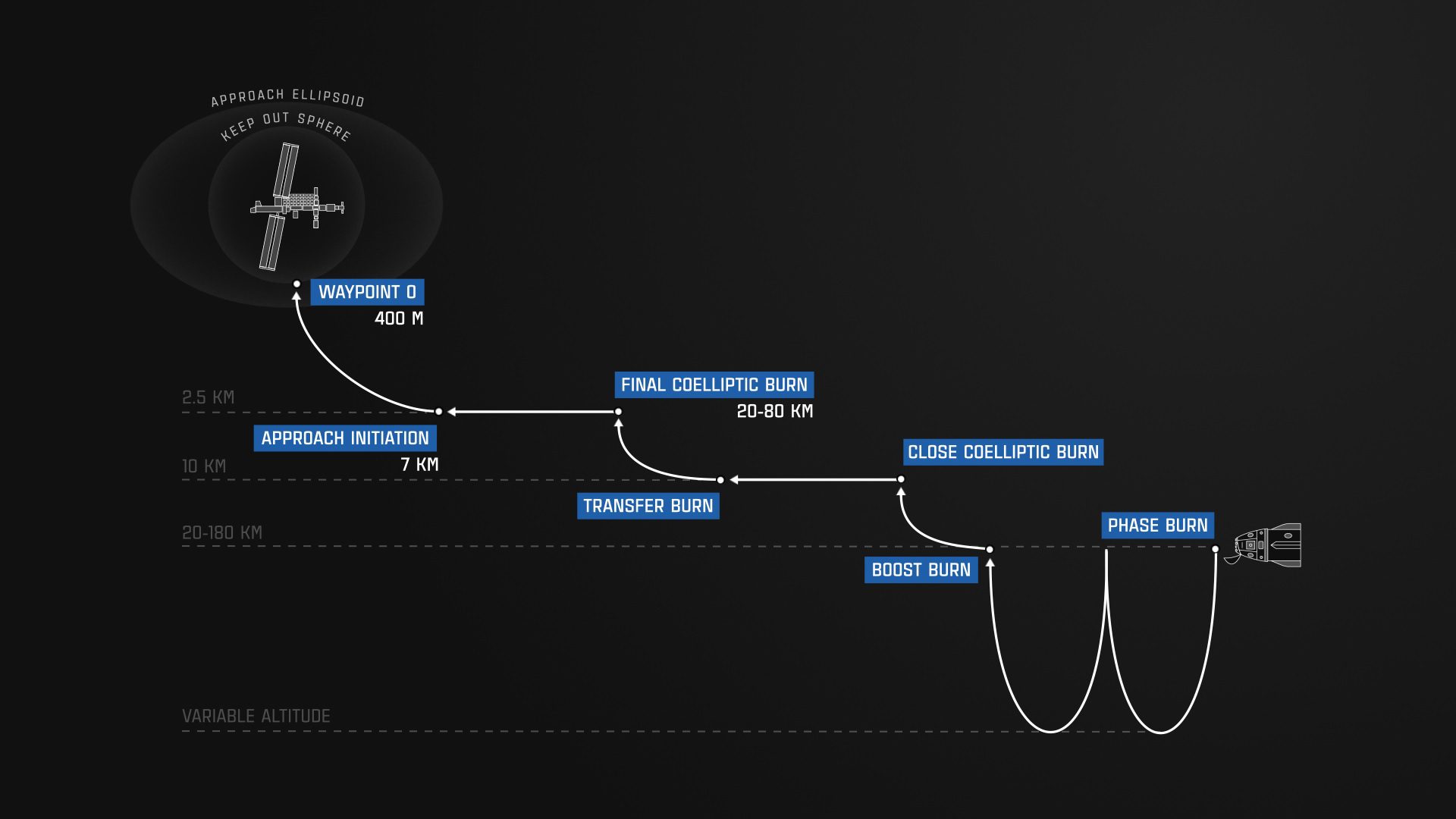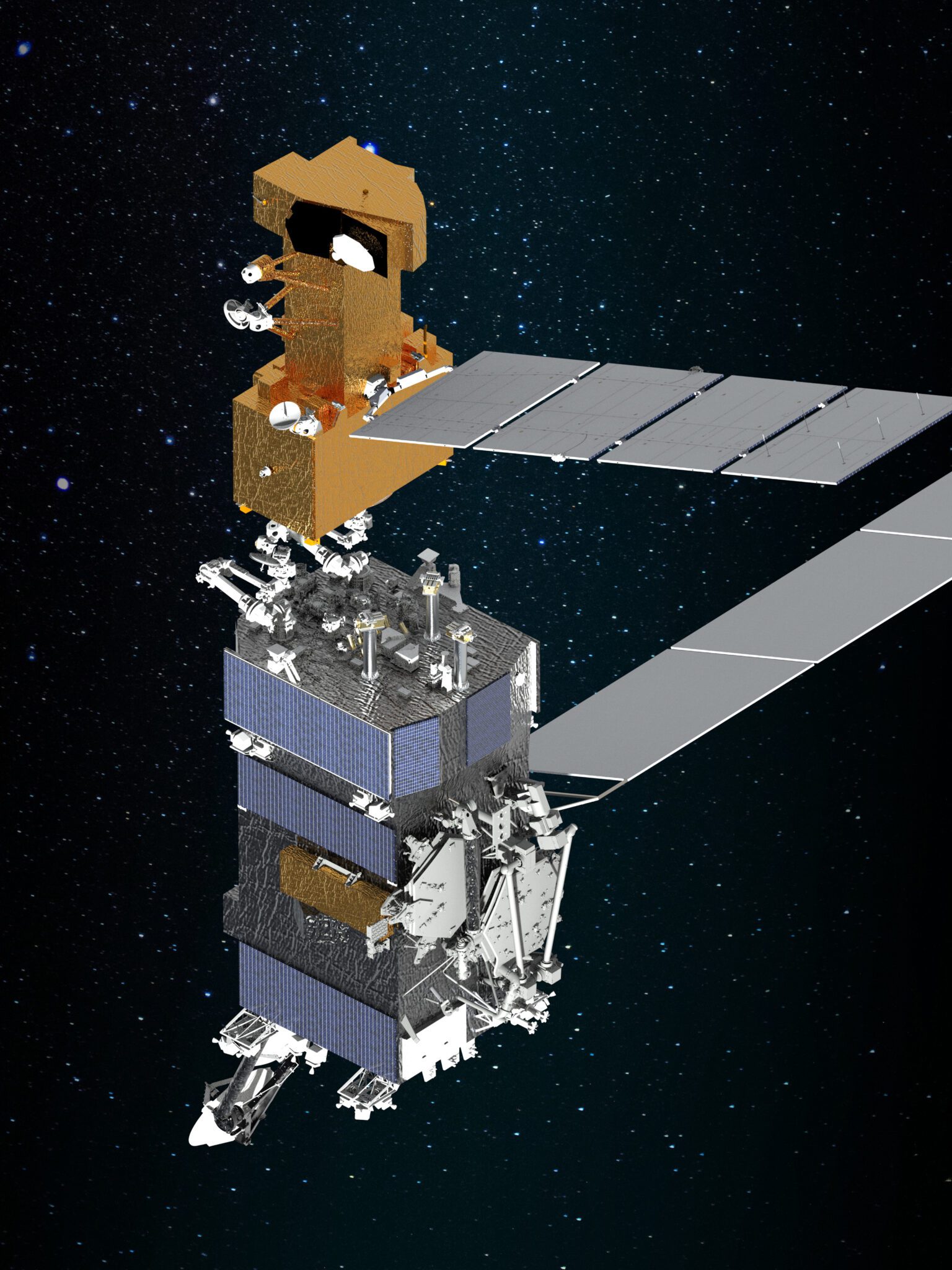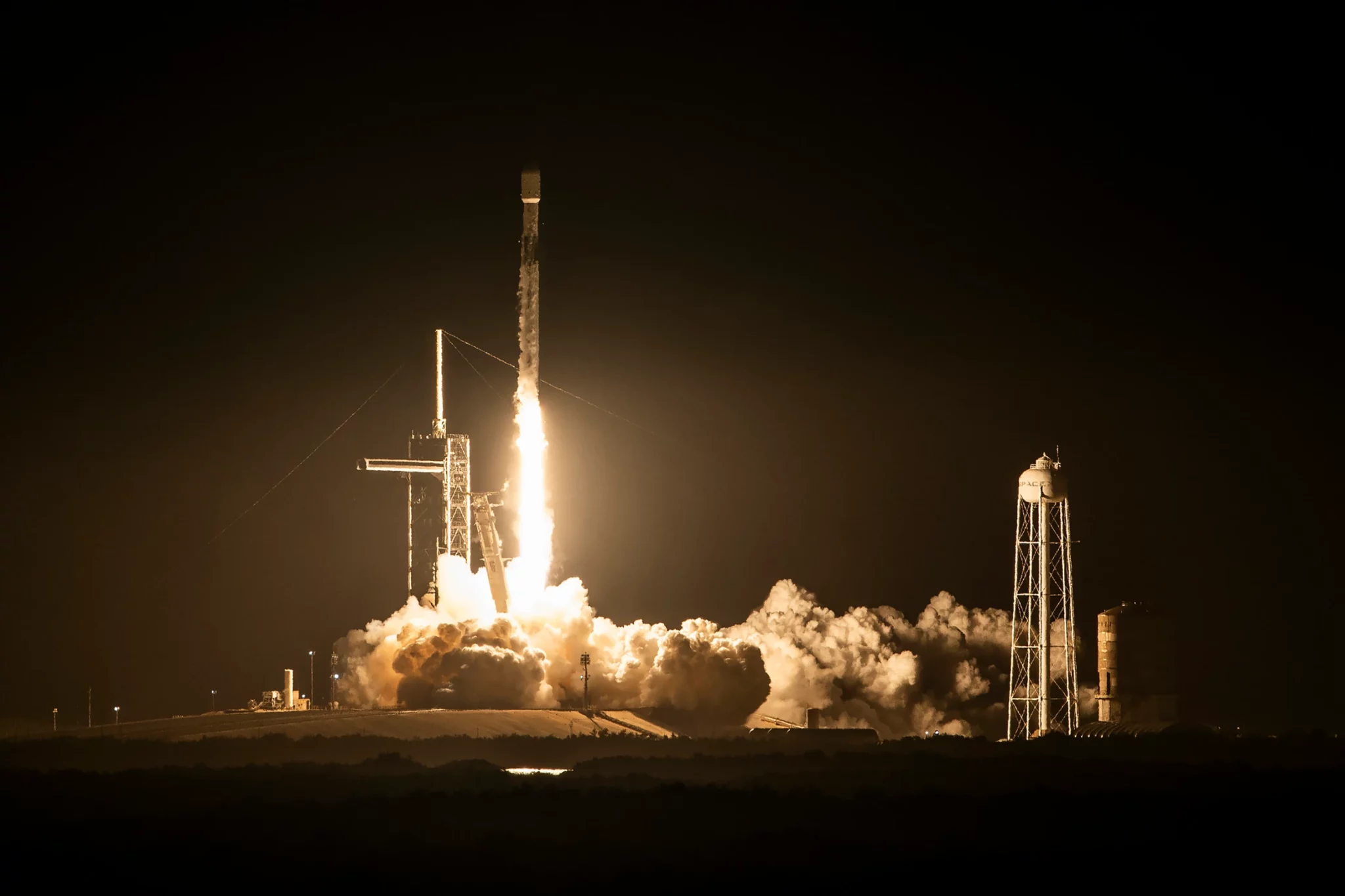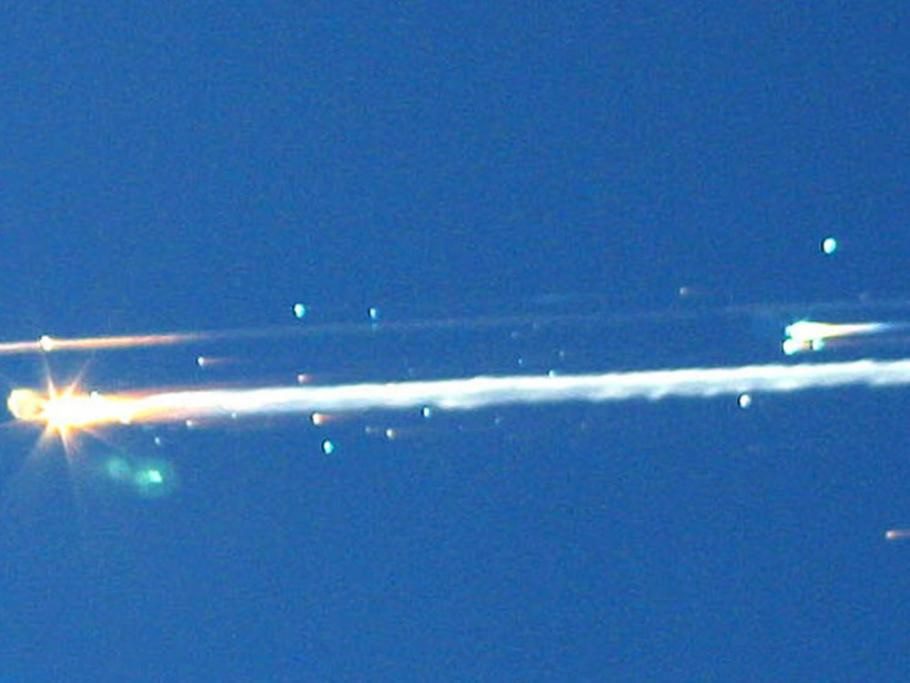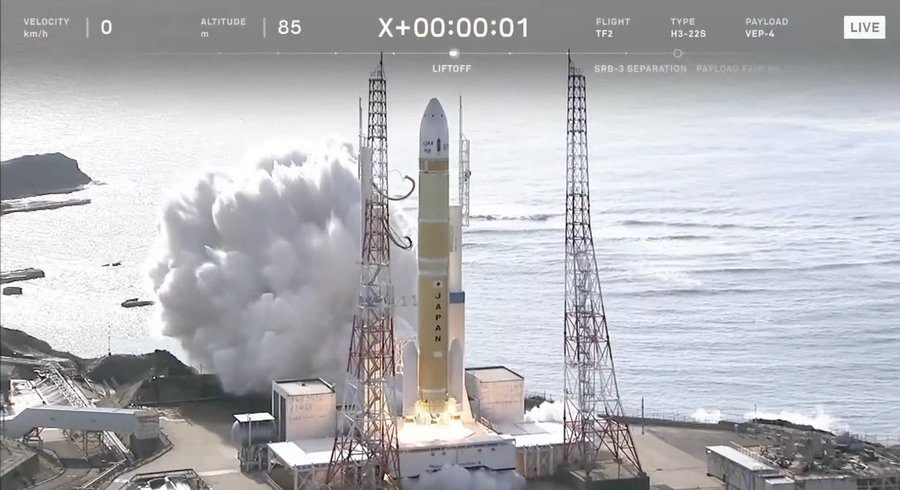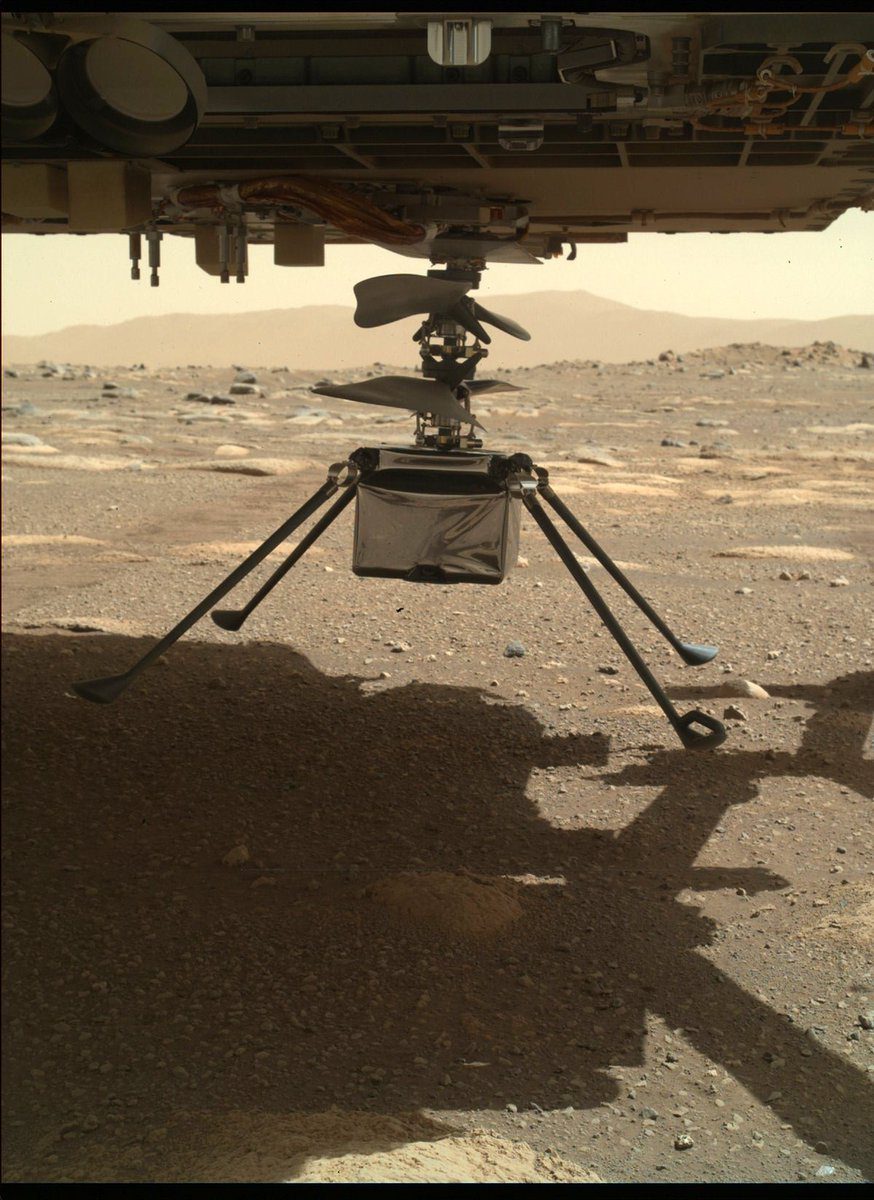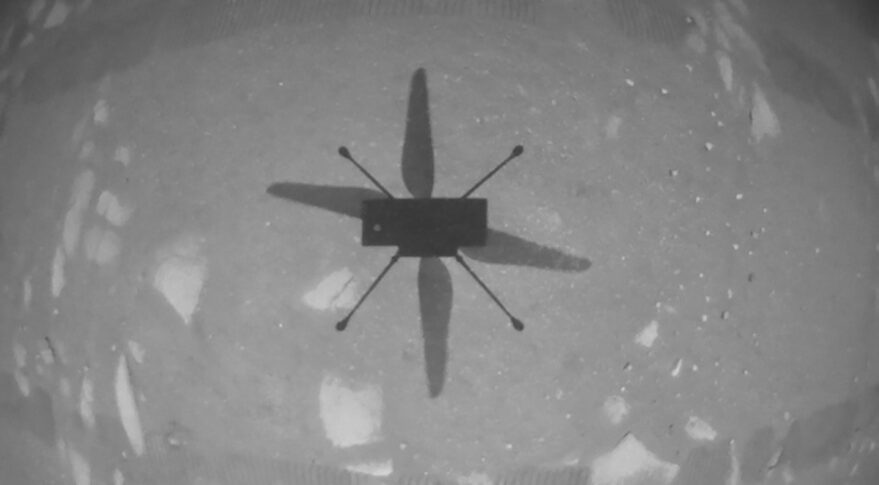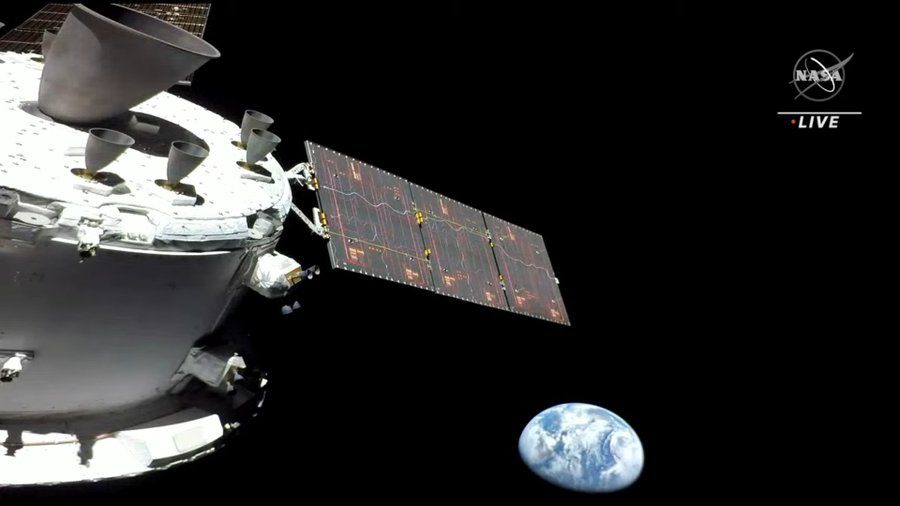One of the great what-ifs of the US space programme is: if the leading edge damage of the Space Shuttle Columbia (STS-107) had been confirmed after its launch on 16 January 2003, could anything have been done about it to prevent the crew meeting their fiery demise during re-entry on 1 February 2003? At the British Interplanetary Society, former NASA engineer and now editor of the society’s magazine Spaceflight Dr. David Baker explained the story of the flight and noting the possible rescue scenarios. Baker started by explaining the timeline of the disaster – itemising which wing temperature sensors recorded high temperatures and which went down in what order as the structure slowly failed. Baker then went over much the same ground as revealed in Ars Technica earlier this year revealing that a genuine rescue mission was being considered by NASA engineers.
The STS-107 mission had been an oddball from the start. While most of the other space shuttle missions had been committed to the construction of the International Space Station (ISS) in its 51 degree inclination orbit, this 16-day mission which was wholly dedicated to science was heading for a much lower 39 degree inclination track. That inclination difference would have a direct effect on what sort of rescue scenarios would be possible. The Space Shuttle orbiter was Columbia. It was selected as it was the heaviest and hence would be more appropriate for a low inclination mission compared to the others which were needed for the ISS. As it was, it did not have the mission equipment needed for a docking mission with the ISS. Instead it would house a special Double Research module inside the bay.
And so with a crew of seven aboard it was launched, and as had happened so often in the past including two out of the three previous missions, foam debris falling from the bipod ramp of the External Thank fell away and was seen in TV footage to strike the left wing of the orbiter in a cloud of debris. But how much damage had been done to the brittle Carbon-Carbon structure on the leading edge?
At this point if we assume that the damage had been discovered in time what could have been done to prevent the disaster?
Various rescue scenarios had been examined:
1. Could the Space Shuttle have reached the International Space Station as a safe haven?
Answer: No – the amount of fuel needed to change inclination would have precluded this from taking place.
2. Would a Soyuz mission have been able to reach and rescue the Space Shuttle?
Answer: No – again the inclination of the Space Shuttle would have meant that a large dog leg during the launch would have reduced the payload capability of the rocket – meaning that a standard Soyuz would probably not have been able to make it. As it is with three very cramped seats aboard, some astronauts would have to be left behind in any rescue.
3. What about trying to fix the hole or plugging it up to at least try and save the wing’s structure from the hot gases?
Answer: Possibly but his was very much a long shot. Without proper repair kits and without proper training, the astronauts would have been forced to use materials aboard the craft to make a kind of sacrificial ablative. If used with a cold soak on the wing before re-entry, and a less “hot” high angle of attack re-enty configuration, this might just have bought enough time for the wing to stay intact. This would have been followed by a high altitude bale out of the crew.
4. Could another shuttle be used to rescue the crew?
Answer: Yes – this was possible as STS-114 Atlantis was being prepared for the following month’s mission. This did not have the inclination limitations of say a Soyuz launch at its much higher launch latitudes. The problem was time and especially forewarning. Columbia’s STS-107 mission could have been stretched to 30 days in orbit to allow such a rescue mission to take place. This would include using clever Apollo-13 style measures to reduce consumption of power and consumables such as oxygen and water. Such measures would have included shutting down fuel cell 3 (reducing the need for water for cooling), stowing the Ku-band antenna and powering down all but one of the IMU (Inertial Measurement Units). The shuttle itself would be allowed to rest in a nose down gravity gradient stable condition.
The real choke point (excuse the pun) preventing extension of the mission beyond 30 days was that like Apollo 13 there would be build-up of carbon dioxide. Columbia only carried a limited number of Lithium Hydroxide canisters to remove carbon dioxide. As it was crew would probably have needed to put up with higher than recommended levels for several days – probably resulting in nausea and headaches.
As for the STS-114 Atlantis rescue shuttle mission itself, this would have a crew of two very experienced crew who would only have about two weeks training time compared to the normal fifty. The mission had three opportunities to launch towards the stranded Columbia when the plan of its orbit would be coincident over the Kennedy launch site: 10 February, 11 February and 12 February. If these were missed then the wait would have been weeks – effectively ending any hope of rescue.
Assuming that such a launch took place, after rendezvous the two craft would position themselves across each other and the Atlantis crew aboard would spacewalk with space suits and operate a complicated rescue relay service to transfer the stranded crew. Direct docking between the two craft would not have been possible.
This rescue mission is now regarded as being likely to be difficult to achieve but technically perfectly possible. However, all depended on being given a “go” command at five days into the Columbia mission. It was the lack of urgency that NASA and others who apparently did not appreciate the seriousness of the situation, which caused this possible rescue life line to be cut.
Requests by NASA for imaging by the already busy ground and space assets of the US Air Force were only tardily complied with, so that it was only after two weeks into the mission that Space Shuttle was imaged by telescopes based in Hawaii. Even then, their results were inconclusive and by which time any hope of a Shuttle rescue had gone. At the same time, a plan to have a spacewalk make a visual inspection was not actioned by NASA as it was regarded an interruption to the science activities and also somewhat dangerous – involving one spacewalking astronaut holding the feet of the other as he hung over the end of the wing.
In the end, the “head in the sand” approach hoping everything will be alright prevailed at NASA. It was only when temperature sensor indications lit up at ground control and in the cockpit itself that this overly optimistic strategy was seen for what it was: fatally presumptive.
After the disaster new technology and procedures were introduced. These included:
- A redesign of the bipod and its thermal insulation.
- Tile and wing repair kits and astronaut training to do so.
- An Orbiter Boom Sensor inspection system attached to an extension on the robot arm.
- A back-up space shuttle always ready to go for currently flying missions.
- Pre re-entry 360 degree fly around of the International Space Station.
- The ability to remotely control and re-enter the Space Shuttle.
But sadly it was all too late for the crew of STS-107 Columbia.


